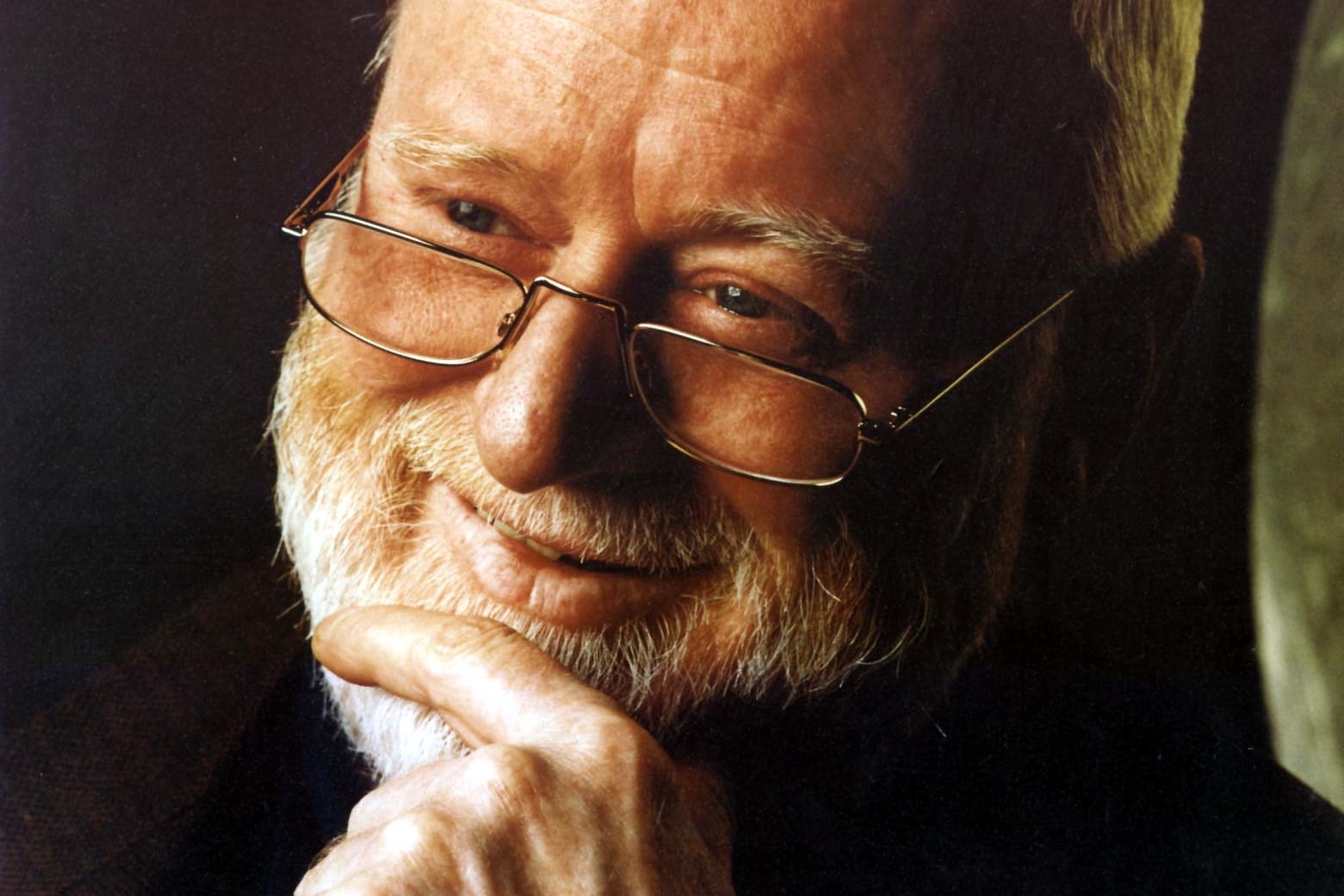There’s a beautifully hallucinatory quality to Luke McManus’s North Circular (RTÉ One, 9.35pm), a dreamy black-and-white valentine to Dublin’s North Circular Road that comes to the small screen three years after it was received with acclaim on the film festival circuit.
It’s a documentary with a thesis: that Dublin’s grittier postcodes have a down-at-heel glamour particular to themselves which should be cherished at a time when much of the capital’s urban landscape is passing into history.
Whether or not you agree that the city should be preserved in perpetuity, like a specimen in a bell-jar, there is no denying the poetic punch of this travelogue. It takes a Joycean hike from the Phoenix Park, past the site of the old O’Devaney Gardens public housing scheme. Next it is on to Dalymount Park soccer stadium, Mountjoy Prison, Croke Park and down to the docklands via Sheriff Street (not on the North Circular strictly speaking but very much part of the same spiritual hinterland).
McManus was inspired to make the film after strolling around these neighbourhoods during lockdown. Reflecting its perambulatory roots, the documentary has the pottering charm of an intense hike on an overcast day. He begins with the 1861 Wellington Monument in the Phoenix Park. There is an acknowledgment of Dublin’s complicated relationship with Britishness. The British army, an unnamed narrator explained, was handsomely provisioned with volunteers from inner Dublin, driven to fight for British Empire by poverty and desperation.
READ MORE
Rambling up into the north side, we hear an ex-resident of O’Devaney Gardens lament the loss of community and the construction of new apartments. “You’d have the robbed cars flying around,” she says. “It used to be chaos sometimes, but good fun.” Then we arrive at Dalymount Park where Bohemian FC fans chant about their bitter rivals, Shamrock Rovers.
Amid the grungy greys, there are flashes of darkness. Sitting in shadows in his livingroom, tin whistle-player Seán Ó Tuama recalls witnessing his brother strangle his father. Elsewhere, a former inmate at Mountjoy talks about how he would walk out the front gates and seek the nearest drug dealer, before belatedly cleaning up.
North Circular finishes with singer Gemma Dunleavy, who talks about how people from Sheriff Street are looked down upon and regarded as “spongers”. Her rejoinder is that “there are spongers in suits. Look at the banks, it’s a different type of sponger. They’re sponging off the public”.
It’s gorgeously filmed with a stunning soundtrack, much of it courtesy of the new wave of Irish folk artists centred on The Cobblestone in Smithfield. They include singer John Francis Flynn, who insists that living in gentrified Stoneybatter doesn’t make him “posh”.
[ Luke McManus: ‘The North Circular Road tells the story of Ireland’Opens in new window ]
As Dublin continues to change – as all cities must if they are to thrive – McManus’ film functions as an act of bearing witness to a particular moment in its history when the old capital was giving way to something new and different (a sprinkling of tall buildings, a proposed redevelopment of Sheriff Street).
It has the grainy quality of a Polaroid in the drizzle – a snapshot of a period that, for better or worse, is slipping away before our eyes but which McManus has ensured will now be preserved. By the credits, I felt I’d paced the length of the North Circular – and returned home weary but wiser, and with a better appreciation of the old bones that glimmer beneath the new Dublin.


















